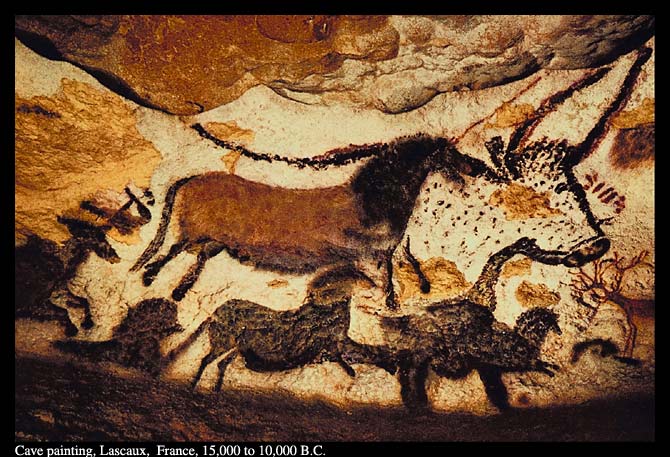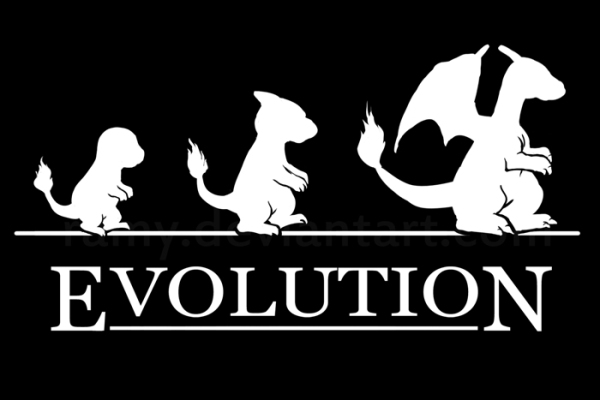Do you ever thought to yourself, what is really important? Take for instance academic courses. As I mentioned before, STEM is a program that emphasizes the maths and sciences and people are looking to improve that, hence STEMx/STEM+ (STEM 2.0?). But what about art and writing? What about history?
I had an epiphany in thinking over why science over literature (though I may be wrong). Aren't the visual and literary arts the more creative courses? (Nevermind history...that appears to be just memorization)
Creativity is an integrated process of our lives. We are taught at a young age to be creative in everything we do; to apply ourselves. Therefore I notice that art is simply integrated in design and literature is part of writing reports (and I've done and am stilling doing alot of them).
Math and science however are not as creative as the a fore mentioned topics. They are dealt with a different area of the brain, and they aren't something I would exactly do in my free time. Sometimes I feel like my brain has to switch to a different mode between STEM related classes. They seem like separate topics, that my brain cannot make the connections. It would be so much easier if the professors worked together and made their classes relate to each other.
Hold on... thats it! Why doesn't this happen? Why can't professors work together find ways to connect their courses. Students are struggling to mix study time for each class as separate subjects. If they were more meshed together to create a super subject that builds the topics on one another, this integration would led to a more advanced learning while also becoming less strenuous to student life. That's just a thought.
Now that leads to how STEM+ will actually be applied and if this program will be updated in the future. I also hope that the educational system becomes improved and courses are not individual entities within the academic pyramid and not only do students have correlation within multiple class but critical thinking increases as well.
Now that leads to how STEM+ will actually be applied and if this program will be updated in the future. I also hope that the educational system becomes improved and courses are not individual entities within the academic pyramid and not only do students have correlation within multiple class but critical thinking increases as well.





















